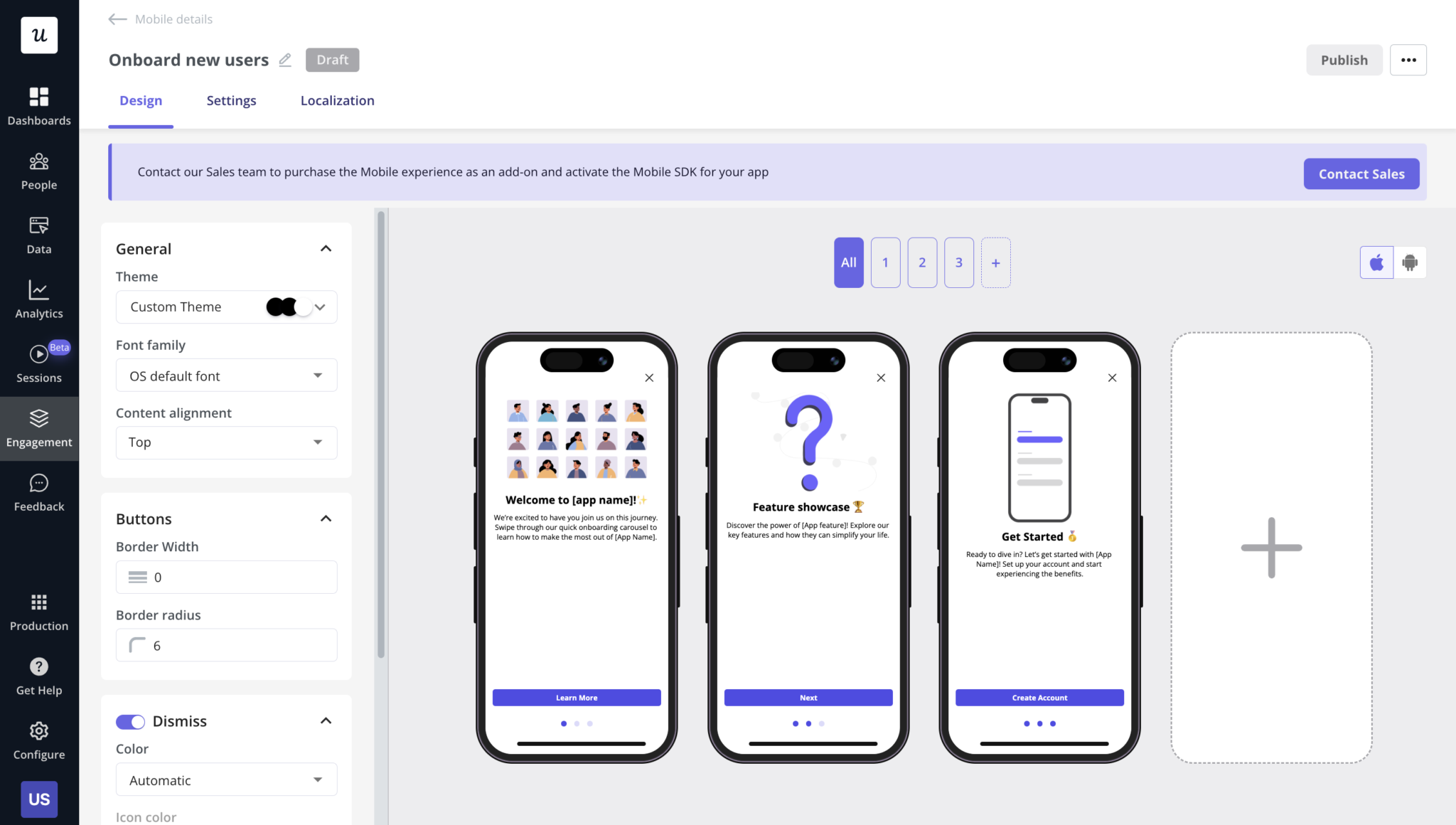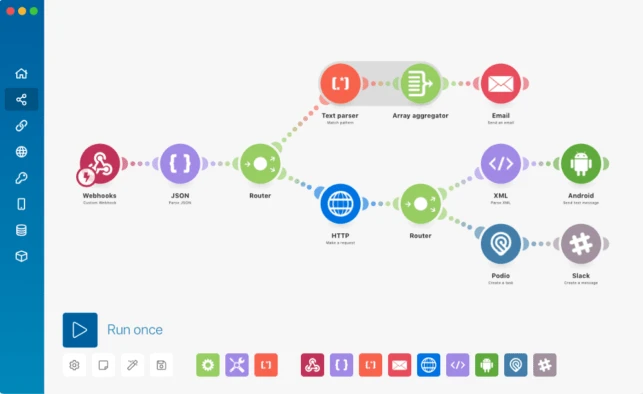Best No-Code Tools for Product Managers & Builders
Discover the best no-code tools for product managers and builders — from Userpilot to Bubble and Make. Build, automate, and launch faster without coding.
💡 Why No-Code Is Changing How We Build
A few years ago, I couldn't imagine launching a product without a dev team.
Now? I've built apps, landing pages, and automated workflows — all without writing a single line of code.
That's the magic of no-code tools.
They let you skip the backend chaos and focus on what really matters — product, user, growth.
I've tried dozens. Some were great. Some, not so much.
But these three? They've stayed in my stack for good.
🧭 Userpilot — For Product Growth & User Experience
If you're a product manager like me, Userpilot feels like cheating (in a good way).
It lets you build in-app onboarding, feature announcements, and behavioral triggers — all visually.
When I used it for an onboarding redesign last year, we boosted activation by 25% in a week.
No engineers were harmed in the making.
💡 Pro tip: Combine Userpilot with Mixpanel to analyze funnel drop-offs. That combo gives you a real-time growth microscope.

Userpilot's visual editor for building mobile onboarding flows without code
🧱 Bubble — For Building Full Apps (Without Code)
Bubble is where I realized "no-code" doesn't mean "toy".
It's a full visual programming environment — logic, data, and design — drag-and-drop style.
I built my first MVP on Bubble in 3 days.
It had authentication, a dashboard, and live database updates.
Sure, it wasn't perfect. But it worked.

Counter interface with search

Counter result display
If you're serious about launching SaaS or internal tools, Bubble gives you developer-level control without syntax headaches.
💬 My takeaway: Bubble has a learning curve, but once you "click," it's powerful.
⚙️ Make (formerly Integromat) — For Automation & Workflows
Think of Make as your personal backend engineer — but visual.
You can connect everything: Airtable, Notion, Slack, Webflow, OpenAI, and more.
Example:
When a new user signs up → Make adds them to Airtable(database) → sends a personalized onboarding email → triggers a Slack alert.
Three tools talking to each other — no code, no stress.
(I also use it to automatically summarize survey feedback with GPT — saved me hours each week.)

Make's visual workflow builder connecting multiple services and automation nodes
🧩 Putting It All Together
Here's how my no-code stack looks today:
- Bubble → prototypes & internal tools
- Userpilot → onboarding
- Make → automation
Together, they form a mini operating system for product experiments.
I can test ideas, collect data, and iterate — all without bugging an engineer.
❓ Frequently Asked Questions (FAQ)
1. What are the best no-code tools for product managers?
If you're managing a product without a big dev team, tools like Userpilot, Webflow, Airtable, Make, and Bubble are must-haves.
They cover everything — from onboarding and automation to prototyping and analytics.
It's like having a lean product stack that scales as you grow.
2. Can you really build a full app with Bubble?
Yes — and it's more powerful than most people think.
With Bubble, you can create SaaS apps, internal tools, and even marketplaces, complete with authentication, databases, and logic — no code required.
I built my first MVP in 3 days, and it's still running.
3. Can I really run an entire product stack without engineers?
Absolutely.
That's the whole point of this no-code stack.
Using Userpilot, Make, and Bubble, you can prototype, validate, and even monetize — fast.
You'll move faster, learn faster, and ship faster.
🔗 Read More
👉 How to Use AI for Vibe Coding — how I used AI to design "emotional logic" in early product prototypes.
Ready to build without code?
Start experimenting with these tools today and accelerate your product journey.
View My Projects